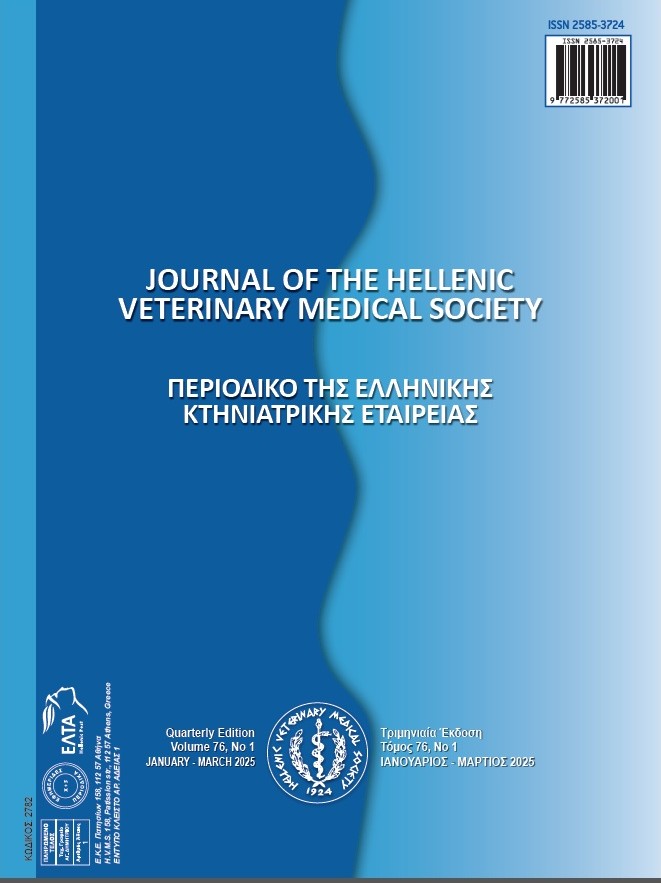Investigation of the Epidemiology of Small Ruminant Lentivirus Infections southeast part of the Marmara region of Turkey

Abstract
Small ruminant lentiviruses (SRLVs) are viral pathogens that are common in goats and sheep, affect production, and cause significant economic losses in small ruminant breeding. Caprine arthritis encephalitis virus (CAEV) and Maedi-Visna virus (MVV) are prototypes of SRLVs. Both of them affect animal health and welfare in sheep and goats and cause progressive and persistent infections in the small ruminant industry. The present study aimed to reveal the epidemiological status of lentivirus infection in the sheep region in Yalova province located in the southeast part of the Marmara region and determine the circulating genotypes by conducting the sequence analysis of the samples detected positive by a molecular method and molecular characterization of the detected field strains. To that end, 231 sheep blood samples were used between May 2016 and April 2018. Based on sampling results of the PCR test and ELISA tests, 5.62% (13/231) and 5.19% (12/231) positivity rates were found in sheep, respectively. According to the ELISA test results, a significant difference was found in terms of age groups (6 months -1 age, 1-3 age, >3 age) (χ2: 6.01; p=0.04). Furthermore, the sequence analysis of the gag gene region detected the existence of the A genotype of small ruminant lentiviruses in sheep. The data obtained from the study revealed a low seroprevalence course of SRLV infection in the study area in the absence of a systematic disease control program.
Article Details
- How to Cite
-
Sait, A., & Ince, O. (2023). Investigation of the Epidemiology of Small Ruminant Lentivirus Infections southeast part of the Marmara region of Turkey. Journal of the Hellenic Veterinary Medical Society, 73(4), 5053–5060. https://doi.org/10.12681/jhvms.29095
- Issue
- Vol. 73 No. 4 (2022)
- Section
- Research Articles

This work is licensed under a Creative Commons Attribution-NonCommercial 4.0 International License.
Authors who publish with this journal agree to the following terms:
· Authors retain copyright and grant the journal right of first publication with the work simultaneously licensed under a Creative Commons Attribution Non-Commercial License that allows others to share the work with an acknowledgement of the work's authorship and initial publication in this journal.
· Authors are able to enter into separate, additional contractual arrangements for the non-exclusive distribution of the journal's published version of the work (e.g. post it to an institutional repository or publish it in a book), with an acknowledgement of its initial publication in this journal.
· Authors are permitted and encouraged to post their work online (preferably in institutional repositories or on their website) prior to and during the submission process, as it can lead to productive exchanges, as well as earlier and greater citation of published work.





